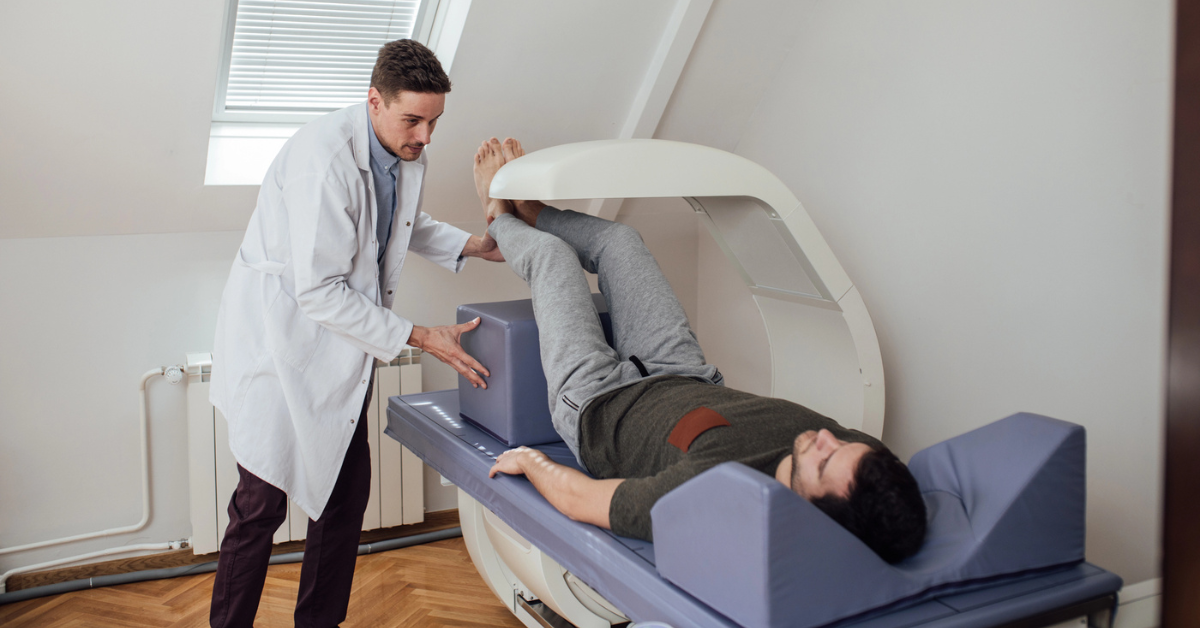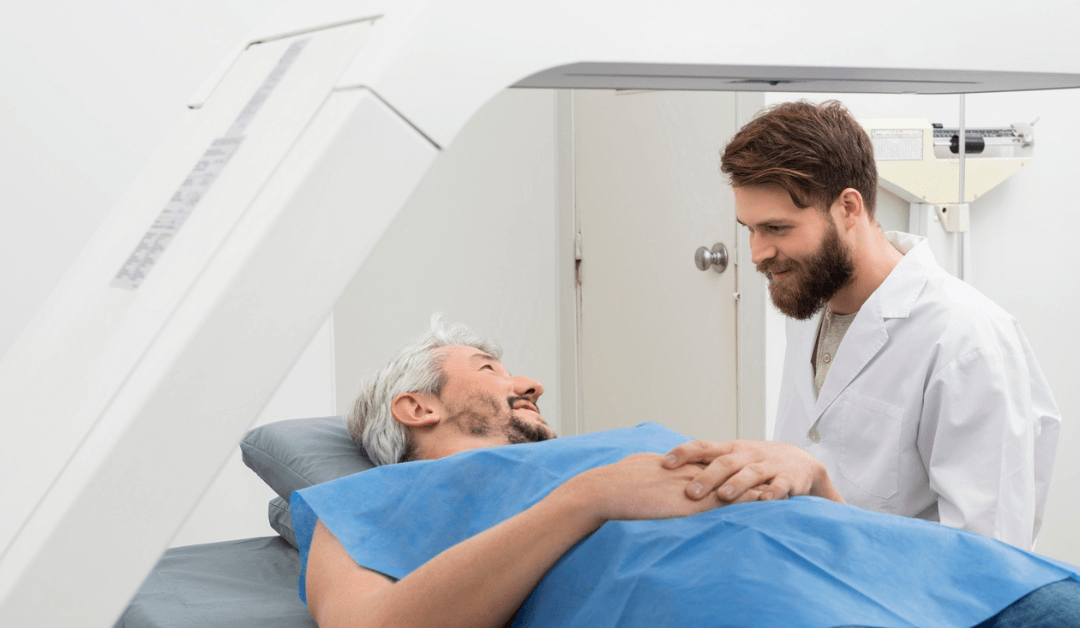A DXA scan, also known as a dual-energy X-ray absorptiometry scan, is a medical imaging procedure primarily used to assess bone density. It plays a crucial role in diagnosing osteoporosis, a condition that weakens bones and makes them more susceptible to fractures. Over the years, DXA scans have become the gold standard for measuring bone mineral density (BMD), providing valuable insights for doctors in assessing bone health and guiding treatment decisions. However, many patients wonder whether DXA scans are safe, given the use of radiation in the procedure. To understand this better, it is important to look at how the scan works, its benefits, and the safety concerns involved.
A DXA scan operates by using low-dose X-rays to measure the density of bones, particularly those that are most vulnerable to osteoporosis, such as the spine, hip, and forearm. During the procedure, the body is exposed to two X-ray beams of different energy levels, which help to distinguish between bone and soft tissue. This allows for the calculation of bone mineral density, which is an indicator of bone strength. The scan itself is relatively quick and non-invasive, typically taking about 10 to 30 minutes to complete.
In terms of safety, a DXA scan involves a very low level of radiation, significantly lower than that used in conventional X-rays. The amount of radiation in a DXA scan is about one-tenth of the radiation from a standard chest X-ray, and it is considered minimal in terms of health risks. To put it in perspective, the radiation exposure from a DXA scan is comparable to the amount of natural radiation a person is exposed to over the course of one to two days just by being outdoors. This makes DXA scans a relatively safe procedure, especially when considering the benefits they provide in diagnosing and managing bone health.
While the radiation dose is low, it is still radiation, and like all medical imaging that involves radiation, it should be used cautiously. The risk of harm from a DXA scan is generally very low, especially for most individuals. However, as with any procedure involving radiation, caution is advised for pregnant women. Though there is no conclusive evidence suggesting that DXA scans pose a significant risk to a developing fetus, most medical professionals recommend that pregnant women avoid unnecessary exposure to radiation. If a DXA scan is essential, doctors may suggest alternative imaging methods or delay the procedure until after pregnancy.

Another aspect to consider regarding the safety of DXA scans is the regularity of their use. For patients who require ongoing monitoring of their bone density, the need for repeated scans can arise. However, due to the low radiation dose of a single DXA scan, the risks associated with repeated exposure are minimal for most individuals. Healthcare providers will typically assess the benefits of repeated scans against the potential risks, ensuring that they are medically necessary and that any unnecessary exposure to radiation is avoided.
DXA scans are considered safe for most people and are an important tool in managing bone health. They help doctors detect osteopenia or osteoporosis early, allowing for timely interventions to prevent fractures. This is particularly important for postmenopausal women, older adults, and people with conditions or lifestyles that may lead to weakened bones. The scan’s ability to provide precise measurements of bone mineral density allows for the early detection of bone loss, which can guide treatment decisions such as changes in diet, exercise, or medication to help maintain bone health.
Despite its general safety, it is important for patients to discuss any concerns with their healthcare provider before undergoing a DXA scan. Your doctor will evaluate your specific risk factors, including age, gender, family history, and lifestyle, to determine if the scan is appropriate for you. For instance, individuals at high risk for bone density loss, such as those with a history of fractures, those taking medications that affect bone health, or those with certain medical conditions, may benefit from regular DXA scans.
In conclusion, a DXA scan is a valuable diagnostic tool for assessing bone health, particularly for diagnosing osteoporosis. The procedure is safe for most individuals, with minimal radiation exposure, and the benefits of early detection of bone density loss far outweigh the associated risks. Although caution is advised for pregnant women and those requiring repeated scans, DXA scans remain an essential part of managing bone health and preventing fractures in at-risk populations. If you are considering a DXA scan or have concerns about its safety, discussing your options with your doctor can help you make an informed decision that aligns with your health needs.
Schedule Your Appointment Today
Schedule your DXA scan at DXA Body Composition NC. And take the first proactive step towards understanding and optimizing your health. Our process is quick, painless, and performed on an outpatient basis. The machines we use are comfortable and open, ensuring a stress-free experience.
Don’t let your health journey be a mystery; let DXA Body Composition NC be your guide. Take the next step by scheduling your DXA scan appointment. Contact us today to discover the precision, accuracy, and personalized insights that will propel you toward your health and fitness goals. Your journey to optimal well-being starts here.
